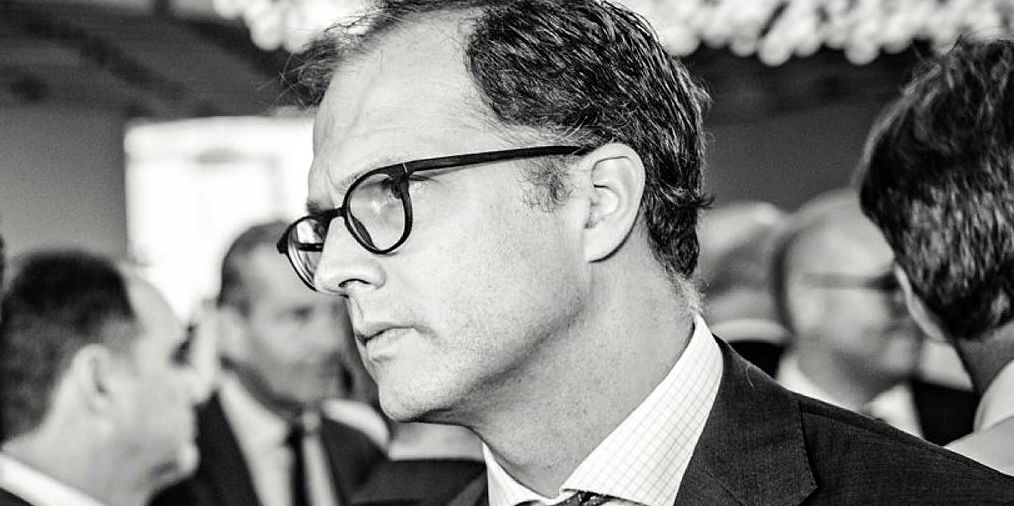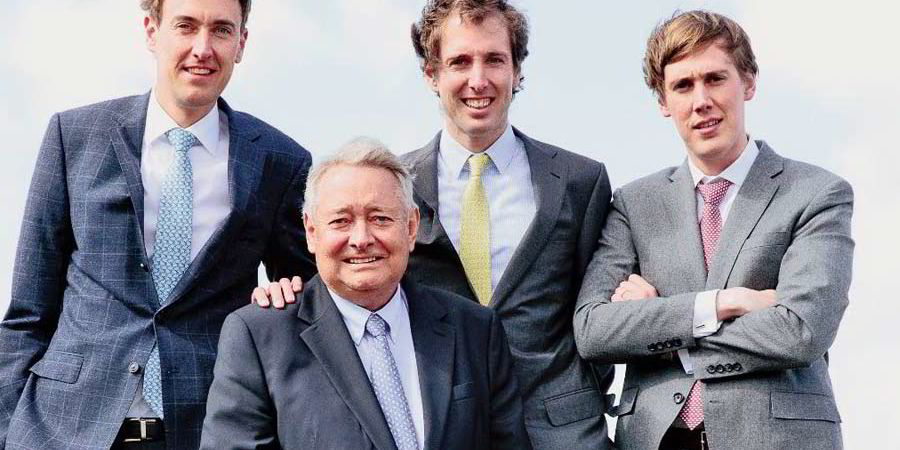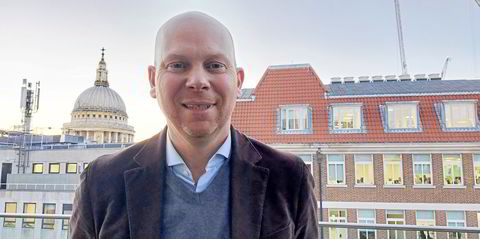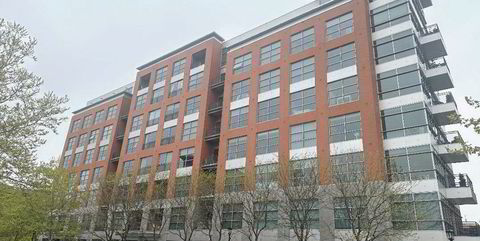Alexander Saverys was advocating hydrogen and ammonia in shipping long before any talk of “future-proofing” the Euronav tanker fleet.
“We’ve been pushing this agenda … for six years now, when nobody really believed it was a solution,” the Compagnie Maritime Belge (CMB) chief executive tells TW+.

“Back then, people were still talking about scrubbers and LNG, and look how the debate has shifted over the last five years. But the job is not done. Because it is only the beginning of the beginning.”
Throughout the green fuel debate, Saverys has remained true to his conviction: hydrogen for smaller ships and ammonia for larger vessels that need more autonomy.
While his Antwerp-based company is still a few years away from running a fleet of 50 ammonia-powered vessels, it is probably just a matter of time.
“We’ve never been as close. And our ambition is clear,” he says. “This is also one of the reasons we wanted to keep Euronav in our hands in Europe and with the strategy we have in front of us.”
A titanic 18-month struggle with John Fredriksen’s Frontline for control of Euronav showed how far the Saverys were prepared to go financially in pursuit of their green agenda.
The saga was brought to a close on 9 October with an agreement between the two largest shareholders of the tanker giant. The Saverys bought out Frontline’s holding; Euronav sold Frontline 24 modern VLCCs.
“Had Euronav been sold to Frontline, we could have still executed our strategy and we could have still have found alternatives,” Saverys says.
“But here we have a company we know very well. And we’ve sold 24 vessels for $2.34bn, so we have a lot of cash to spend on everything we want to do.”
He says the battle for Euronav “lasted for way too long”, but its resolution means “we can really get to work”.
“I think both parties found a compromise,” he reflects. “I think that’s the only way we could have found a solution if it was a win-win.
“Now they go their way and we go ours — but watch us. It’s not going to be ‘watch and wait’. We’re going to hit the ground running.”
CMB will buy Fredriksen’s and Frontline’s combined 26.12% holding in Euronav, lifting its stake to 49.05% and triggering a mandatory offer for the rest of the stock at the end of the first quarter of 2024.

Thereafter, CMB will implement changes to enable the Saverys family to manage Euronav “in the way we think it should be managed”.
The reorientation of Euronav towards greener shipping will be another landmark in CMB’s transition.
It began investigating hydrogen and ammonia as zero-carbon alternatives to diesel and LNG in 2015.
The die was cast a year later when CMB committed to build the Hydroville, a small 13-person passenger vessel with a hydrogen combustion engine delivered in 2017.
Back then, Saverys was a vocal critic of the scrubber lobby. And today he is sceptical about the green credentials of methanol as a fuel for shipping.
So why are hydrogen and ammonia deemed better than other fuels?

“It’s basic chemistry, really,” he replies. Hydrogen and ammonia do not contain carbon, whereas other fuels, including methanol, do.
CMB now faces two fundamental challenges, Saverys acknowledges.
The first is whether the engines and vessels are available for the alternative fuel.
“The answer to that five or six years ago was ’no’, and we turned that no into a ‘yes’” — largely through the work of its “cleantech” affiliate CMB.Tech, through which the shipowner is developing engines that can burn ammonia by 2026.
Retrofits of “ammonia-ready ships” are then scheduled to begin in that year.
The second challenge — one that Saverys says remains “a work in progress”— is where will the company obtain green hydrogen and ammonia?
“That is now a challenge that we still haven’t solved, but we are taking steps as CMB to develop it,” he says.
One example is the group’s plan to produce green ammonia in Namibia, where it has invested in a hydrogen production plant at Walvis Bay.
CMB is pursuing green fuels because “ultimately we believe that’s going to be good business”, Saverys says.
That philosophy will be put to the test with Euronav, where the family wants to diversify the income stream and grow its fleet of future-proof (read zero-carbon) ships.
“You’ll see a lot of developments in the company around hydrogen-powered ships and ammonia-powered ships,” he says.
“But if you take the package altogether, we’re doing with Euronav what we’ve been doing with CMB, but hopefully faster, quicker and better.”






